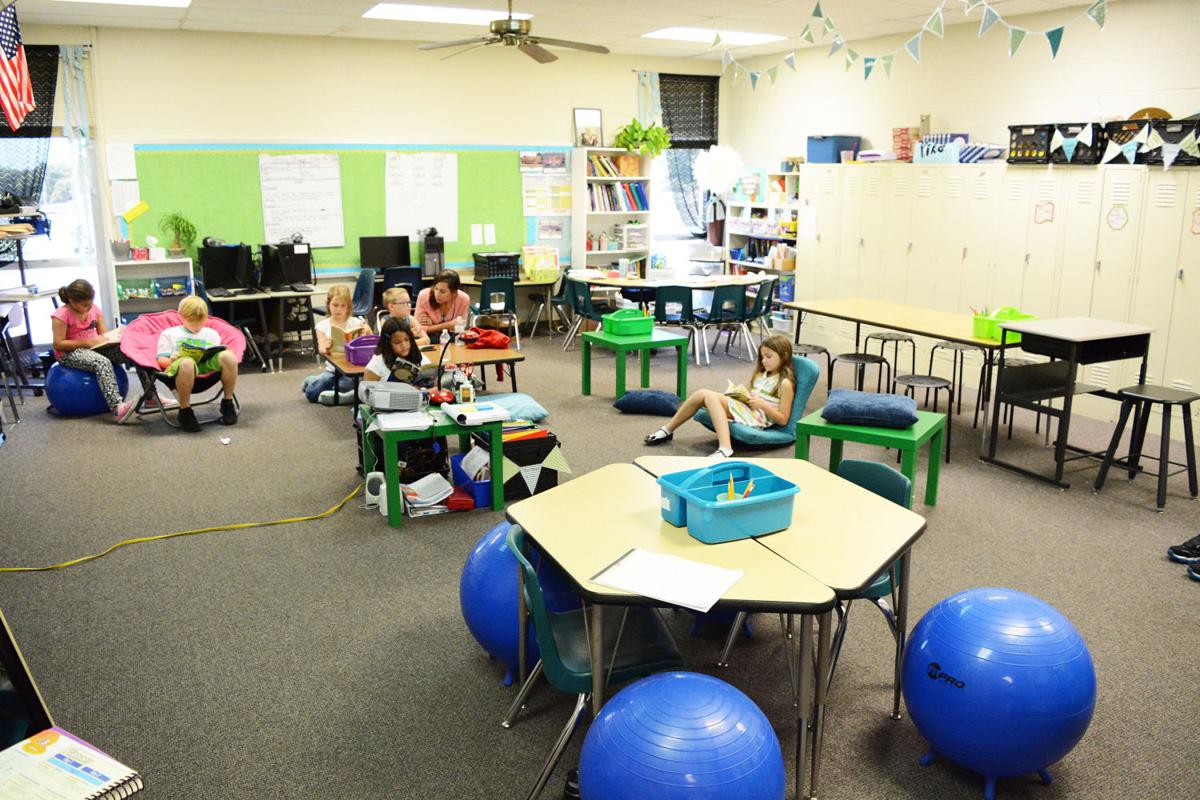This past Saturday, learners from all over North Texas gathered at Weatherford High School to participate in the 3rd Annual Edcamp Parker County. What was new about this edcamp was that we invited students to attend. Adding student voice and perspective to the conversation was an enlightening experience for educators and empowering for our students.
It was amazing to see the number of people willing to come together on a beautiful Saturday morning to learn & connect. You could tell it was going to be a great day, when at 8:15 someone asked if we had any more name tags because we were out! That meant that over 100 people were already here! The library filled up and there was definitely a buzz of energy in the room as sessions were suggested and the schedule was completed.
Our district librarians set up a makerspace area that was an instant hit! Attendees were able to try out different gadgets that they might want to add to their own makerspaces. Our student attendees definitely enjoyed this area!
A green screen was set up for people to use and discussions centered around how easy it would be to add something like this to a classroom, whether it be a set up with fabric & lights or just green paper on the wall. Great resources were shared for using green screens in the classroom.
As you moved from room to room, session to session, you could hear great ideas being shared. In the virtual reality session, learners of all ages enjoyed trying out the viewers.
One of the best parts of an edcamp is the connections made with other passionate educators. Some attendees were new to Twitter and others are well-connected, but all were able to find people to add to their PLN.
Edcamps are made possible thanks to community support and generous donations. Our door prize table was overflowing with t-shirts, books, gadgets & gift certificates! The Edcamp Foundation helps support local edcamps with a box of supplies and $200 through their Impact Grant. We used the $200 to purchase a GoPro for a door prize.
Thankfully, the learning doesn't stop with just a one day edcamp. Resources were collected in a collaborative document, which allows attendees to keep learning after they leave. And there is always an edcamp within driving distance! Check out the calendar for an edcamp near you!
A closing note... Edcamps are a TEAM EFFORT and Edcamp PCTX was no different! A special thanks to Natalie Simmons for getting our t-shirts, Jacqueline Rose & Erin Griffith for arranging breakfast, Katy Smith & Pam Conover for all of the little details that made the edcamp run smoothly, Brett Murrey for gathering door prizes, and all of the other people who worked to make this year's edcamp a success!

































